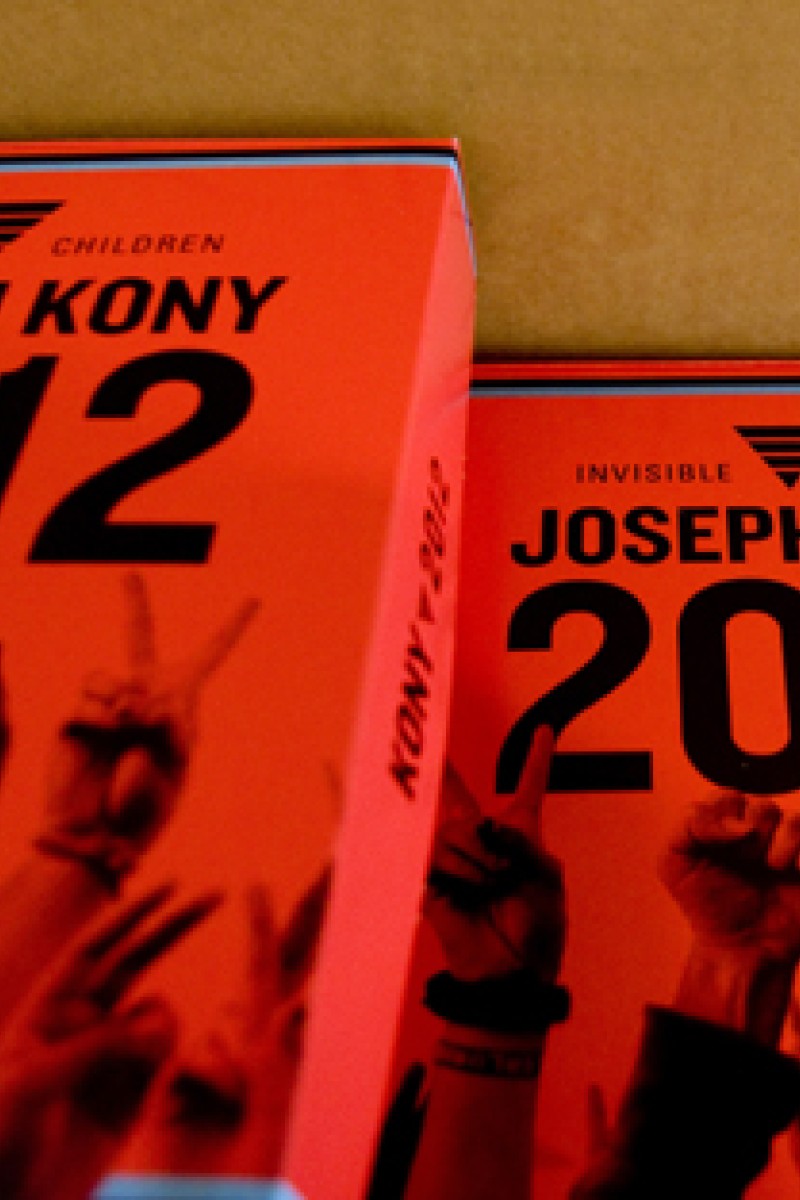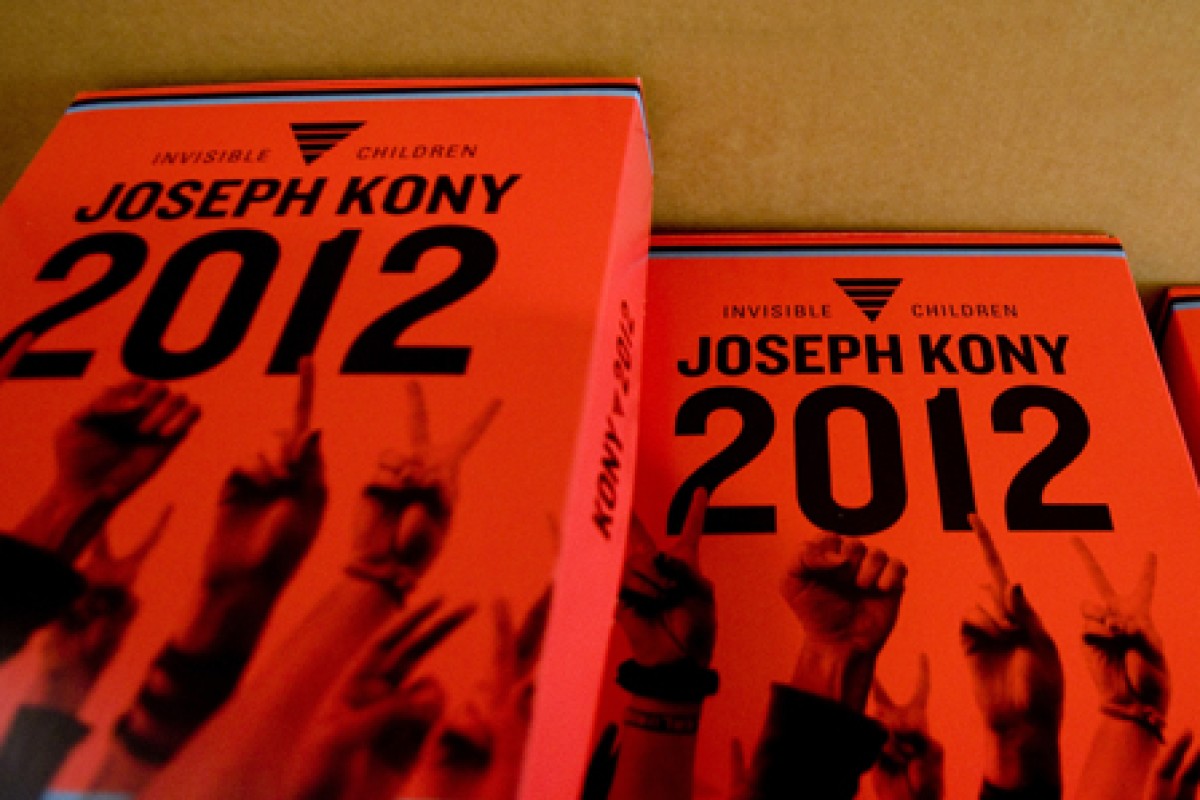
Get the facts before opening your wallet for Kony 2012
The campaign against child soldiers has many pros and cons
 Kony 2012 action kits on sale in California, US. The video has gained more than 78 million views on YouTube.
Kony 2012 action kits on sale in California, US. The video has gained more than 78 million views on YouTube.The message of the video is clear: save the children, stop Joseph Kony. It uses powerful images and animation to persuade viewers to act - and indeed they did.
Thousands of people donated to the cause: to get rid of Kony. Kony is the leader of a rebel militant army in Uganda who abducted boys and turned them into child soldiers.
The Kony video spread rapidly through social networking websites. In Hong Kong, a Facebook event, Kony 2012 Night Sweep, called on 9,000 people to raise awareness about the issue.
But let's take a step back: what's the purpose behind the video?
Opponents of the video argue that it is propaganda. It uses the power of social media to influence people and pressure the government to start a war, they say. Others say the organisation wants to provide a legitimate reason for sending troops to Uganda. The biggest accusation is that Invisible Children is trying to earn money by commercialising the issue.
With so many differing claims, more facts are needed.
According to the charity's financial statement last year, more than US$1 million was used for travel and transport, and film costs amounted to more than US$300,000. This money could be put to better use, such as saving children's lives in Uganda, or educating them. Invisible Children offers Kony 2012 T-shirts and "action kits", but only 20 per cent of the sales will go to charity.
Without a doubt, there is a commercial side. But is that good or bad? Good: it raises awareness of child soldiers in Uganda. Bad: it uses people's sympathy to make a profit. It's for you to decide.
Although the idea of saving children is obviously good, the video itself encourages violence. The activists want a US military intervention in Uganda, which will lead to war and cause more children to suffer.
Despite the flaws in the campaign, Kony 2012 helps cultivate a sense of global citizenship and motivates us to help those in need.
"We are not just studying human history, we are shaping human history," the video says.
Being an activist is great, but don't get all fired up to save the world because of one video.
Do your research before sharing or tweeting a post or video. Think twice before you call yourself a social activist. What are you advocating? How is it going to shape history?